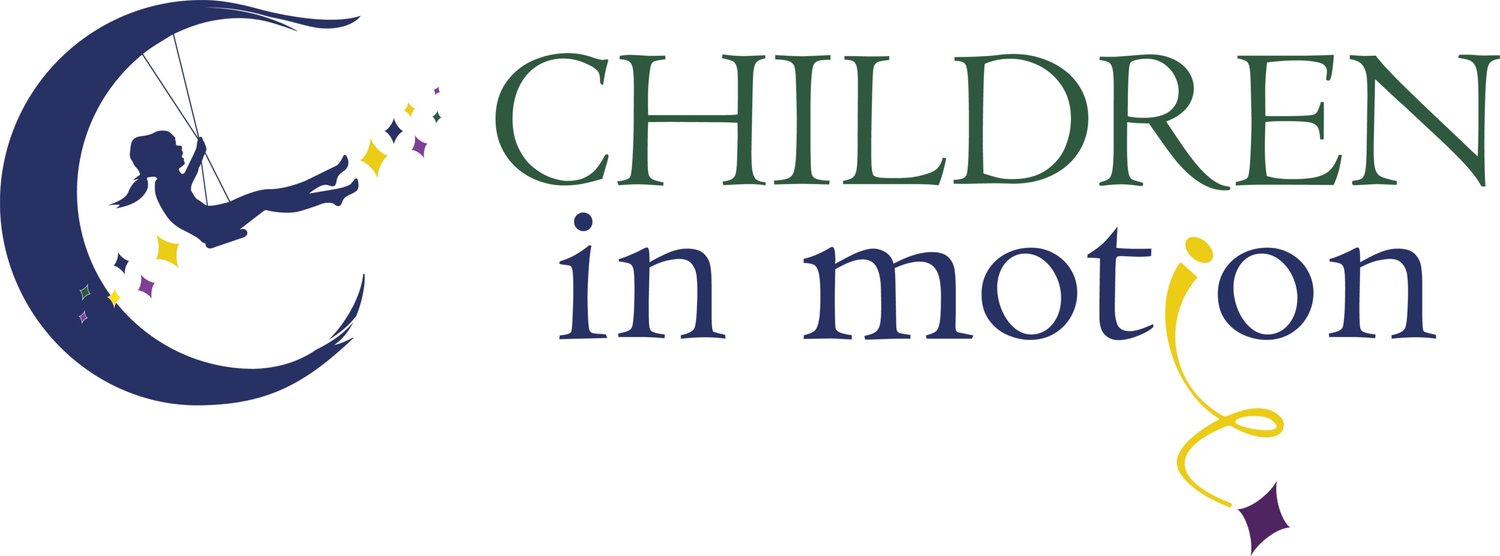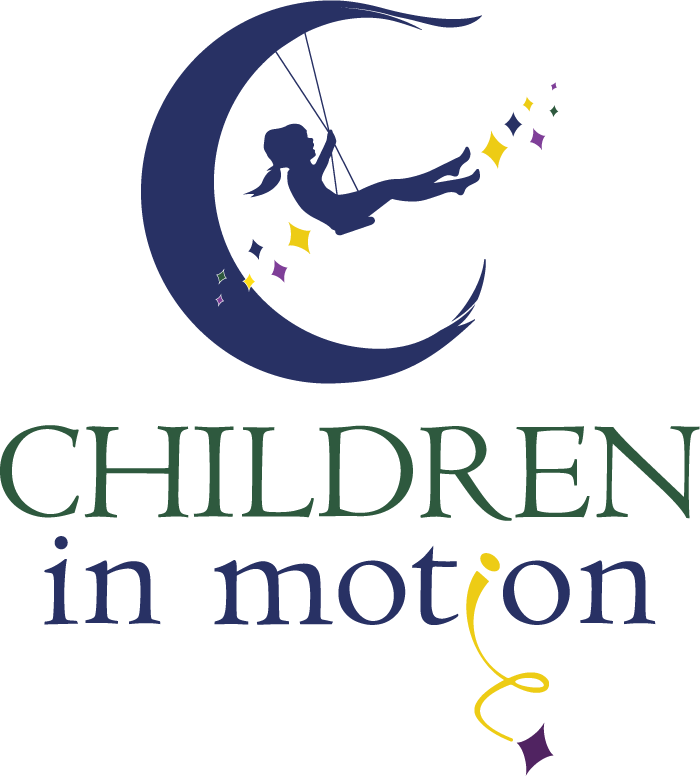How Play Helps Develop Language Skills in Children
Play is often referred to as "the work of childhood" because it’s how kids explore, learn new concepts, and practice communicating. Here are a few ways different types of play support language development:
Pretend Play Expands Vocabulary
When children engage in pretend play—like playing house, acting as a doctor, or pretending to be superheroes—they use words and phrases they’ve heard in real-life situations. This kind of play helps kids experiment with new vocabulary, using words in context as they narrate their play scenarios.Turn-Taking Games Teach Conversation Skills
Games like peek-a-boo, pat-a-cake, or rolling a ball back and forth are more than just fun—they help kids learn the basics of conversation. These simple, interactive games teach children how to take turns, listen, and respond, forming the foundation for effective communication skills.Social Play Encourages Language Use
When kids play with others, whether it’s siblings, friends, or parents, they practice using language in different ways. They might ask for a toy, share their ideas, or negotiate whose turn is next. These social interactions help children practice the rules of communication, such as making eye contact and using polite language.Storytelling with Toys Builds Narrative Skills
Creating stories with dolls, action figures, or stuffed animals helps children develop storytelling skills. They learn to describe events, use sequencing words like “first,” “then,” and “finally,” and build the ability to tell complete stories, which is a key part of language development.
How Play-Based Therapy Helps Kids Communicate
At Children in Motion, we use play-based therapy to help children strengthen their language skills in a fun, engaging way. Unlike traditional speech exercises, play-based therapy involves activities that feel natural to kids, making it easier for them to learn and practice new words and phrases.
Engaging Your Child’s Interests
We start by using toys and activities that your child loves. Whether it’s cars, building blocks, or pretend play with animals, we tap into what excites your child. This approach helps create a positive environment where they’re motivated to communicate because they’re having fun with something they enjoy.Modeling Language
During play, our therapists introduce new words and phrases related to the activity. For example, if your child is playing with a toy kitchen, we might say, “Let’s stir the soup,” or “The cookies are baking in the oven.” This approach helps expand your child’s vocabulary naturally and in context.Encouraging Imitation and Interaction
Children learn by copying what they see and hear. In play-based therapy, we encourage imitation, asking questions like, “Can you say ‘bark, bark’ like the dog?” or “Let’s say ‘hello’ to the bear.” This helps kids practice new words in a playful, low-pressure setting.Building Confidence Through Play
Because play-based therapy is child-led, your child gets to choose the activity and set the pace. This helps them feel more confident and less pressured, making it easier for them to try new words and phrases. As they experience success in small steps, their confidence grows.
Tips for Parents: Using Play to Boost Language Skills at Home
You can support your child’s language development through play at home with these simple activities:
Engage in Pretend Play Together
Use toy figures or stuffed animals to act out simple stories. Let your child take the lead and narrate what’s happening. You can join in by asking questions or introducing new scenarios.Read and Act Out Stories
Choose a favorite book and act out the story with toys. Ask your child questions like, “What do you think happens next?” or “How does the character feel?” This helps develop their storytelling and comprehension skills.Sing Nursery Rhymes and Songs
Songs like “The Itsy Bitsy Spider” or “Twinkle, Twinkle, Little Star” are great for language practice. Singing helps kids learn new words, understand rhythm, and remember patterns in language.Narrate Playtime Activities
As you play together, describe what you and your child are doing. Use phrases like, “You’re building a tall tower!” or “Look, the red car is racing fast!” This kind of narration introduces new vocabulary in a natural way.
How We Support Language Development at Children in Motion
At Children in Motion, we believe in the power of play to help kids learn and grow. Our play-based therapy approach is designed to make language learning fun and effective. Our speech-language pathologists create personalized, play-focused activities that align with your child’s interests and needs, helping them practice new skills in a relaxed and enjoyable environment.
One of our clients, Ben, was initially very quiet and hesitant to speak. During therapy, we used his favorite toy trucks to engage him in pretend play and storytelling activities. Over time, Ben began using more words and phrases, and his confidence in speaking grew noticeably. Now, he loves sharing his stories at home and at school.
If you’re concerned about your child’s language development, or if you want to learn more about our play-based therapy approach, reach out to us at Children in Motion. We’re here to support your child’s journey in finding their voice.
Final Thoughts
Play is a powerful tool for language development. By making playtime a regular part of your child’s day, you’re helping them learn to express themselves, connect with others, and understand the world. Whether it’s through singing songs, telling stories, or playing games, each playful moment is a step forward in their communication skills.
If you’d like to see how play-based therapy can benefit your child, contact Children in Motion today. Our team of experienced therapists is ready to help your child thrive and grow their language skills.
References
American Speech-Language-Hearing Association (ASHA). "Play and Language Development in Early Childhood."
Zero to Three. "The Power of Play for Language Development."
American Academy of Pediatrics. "The Importance of Play in Child Development."

